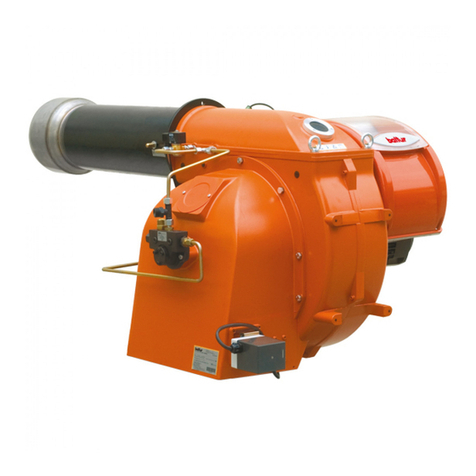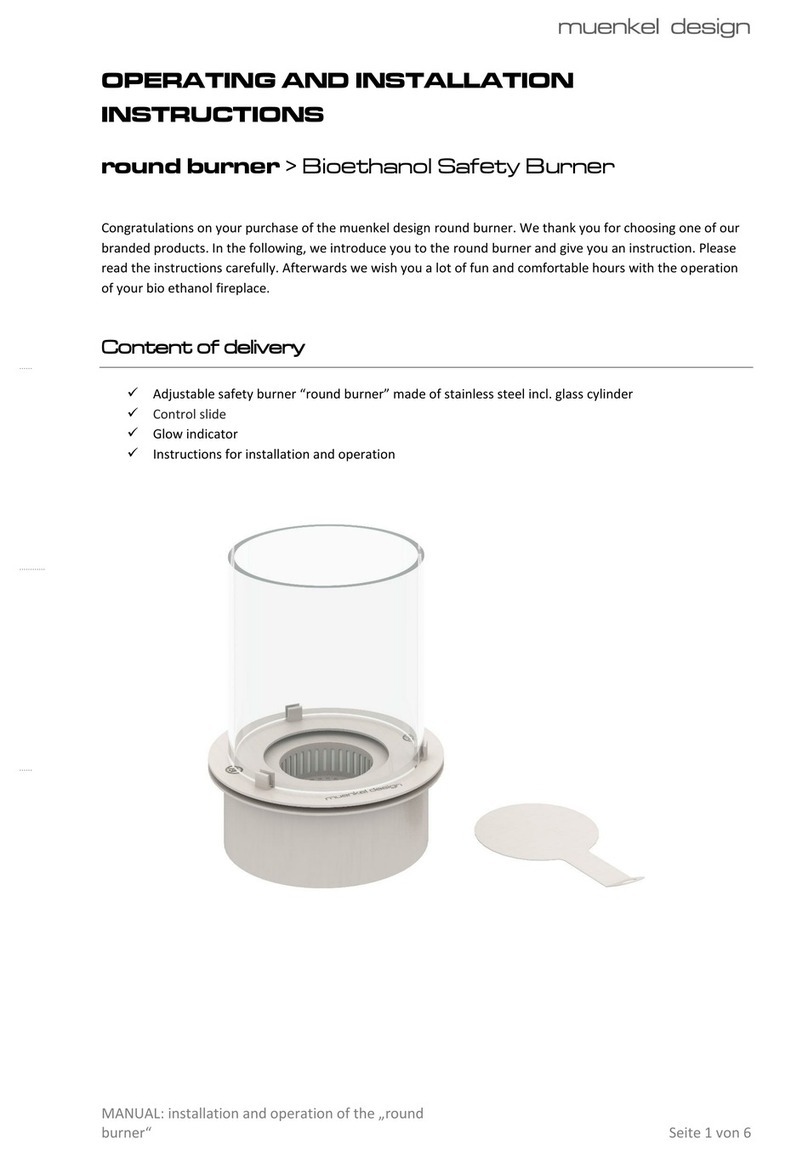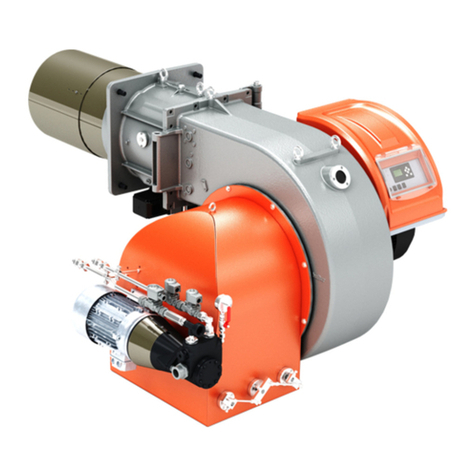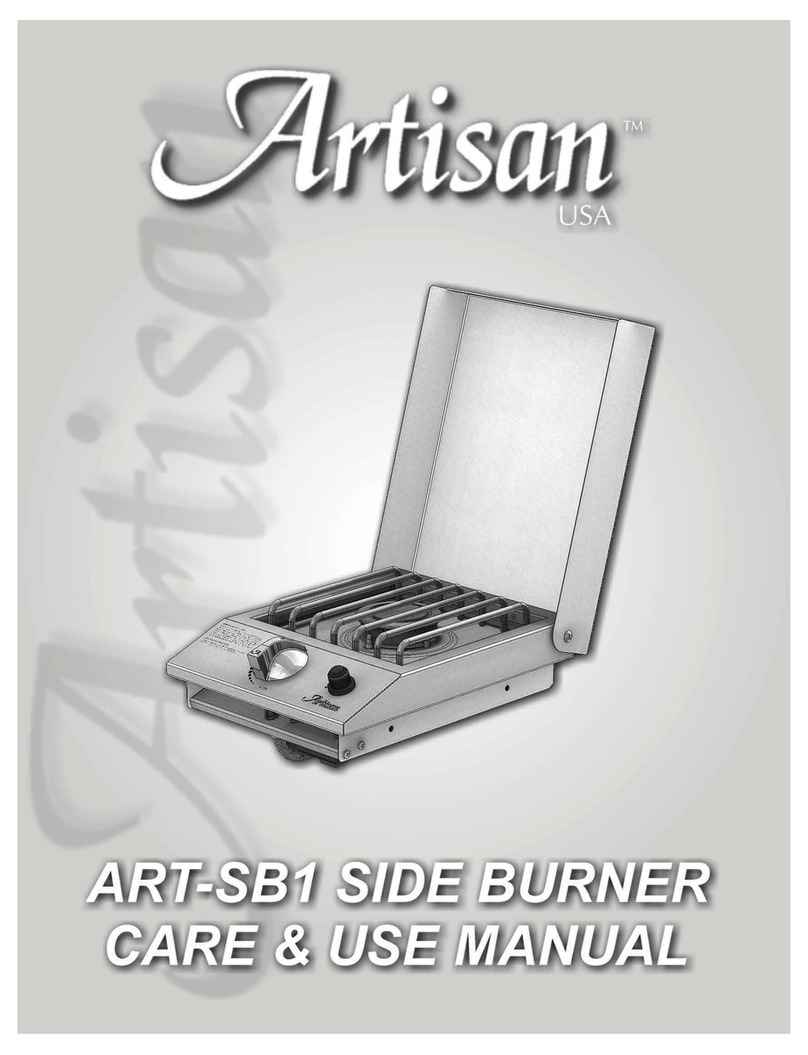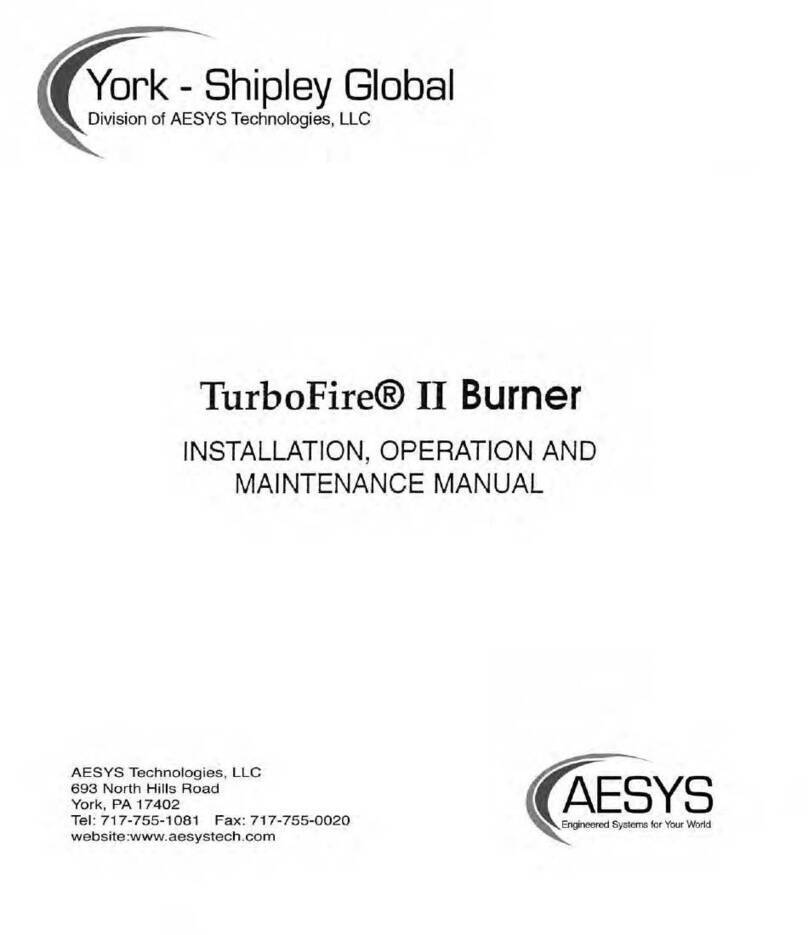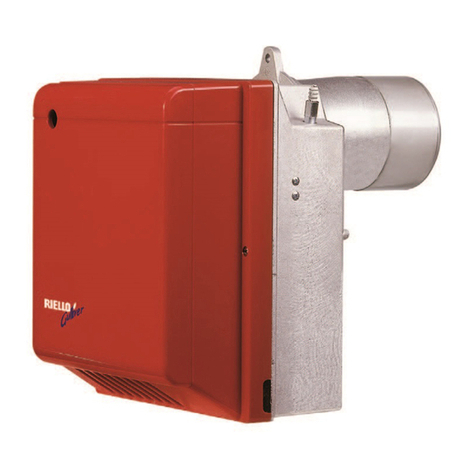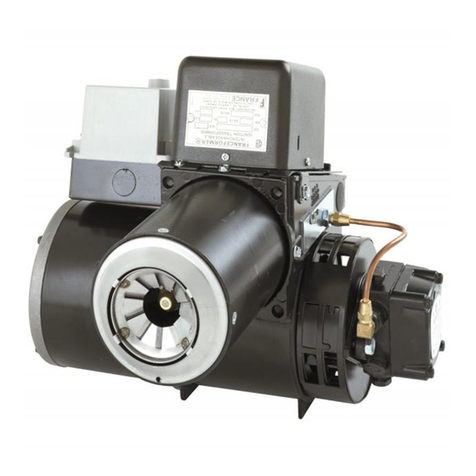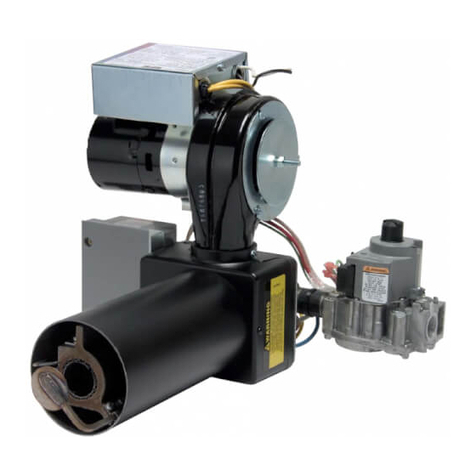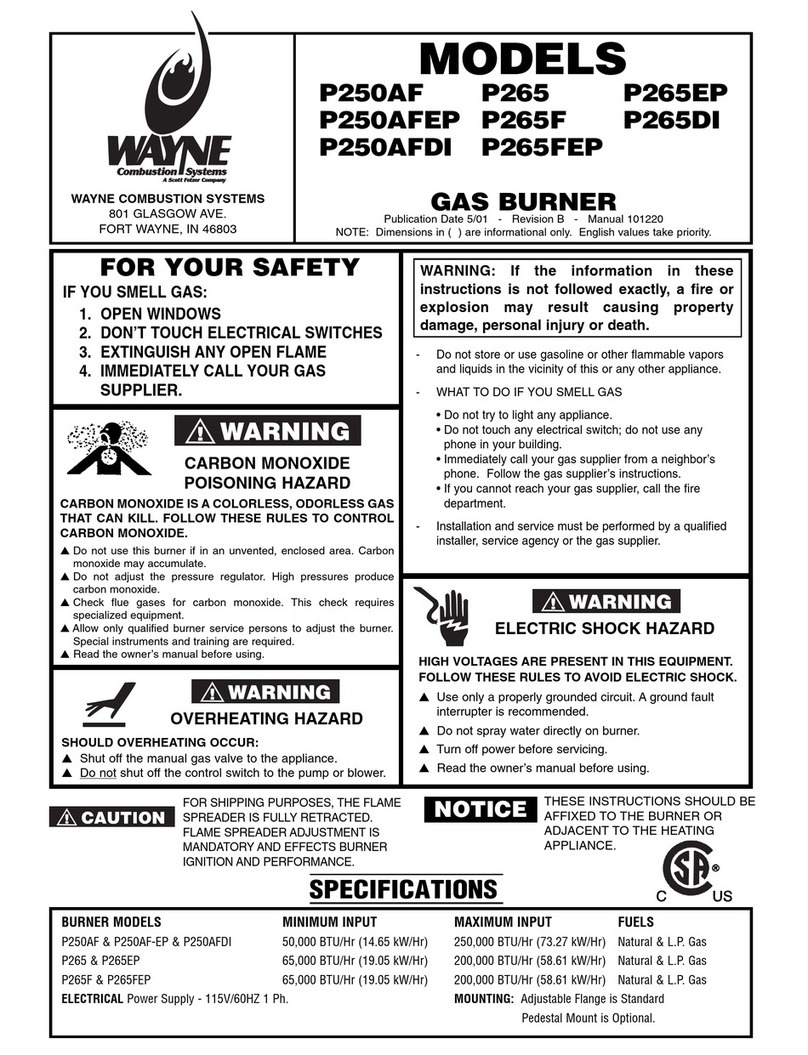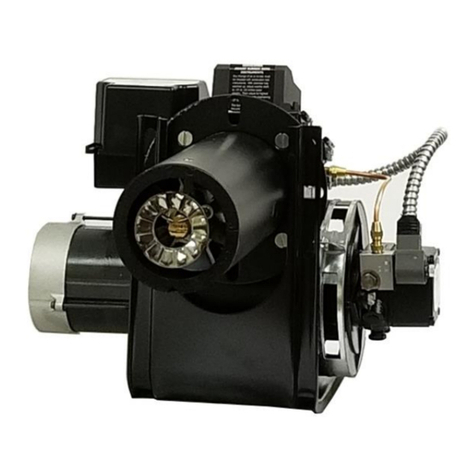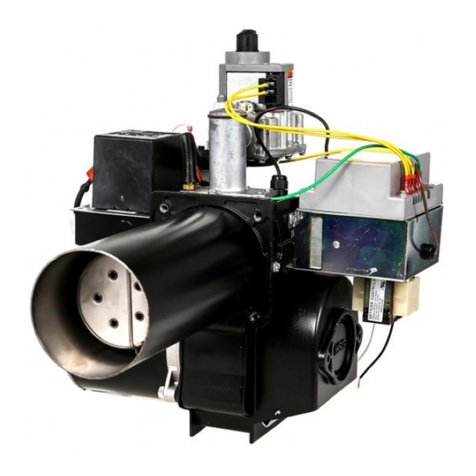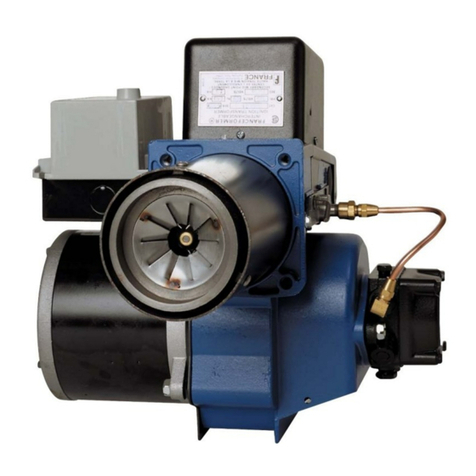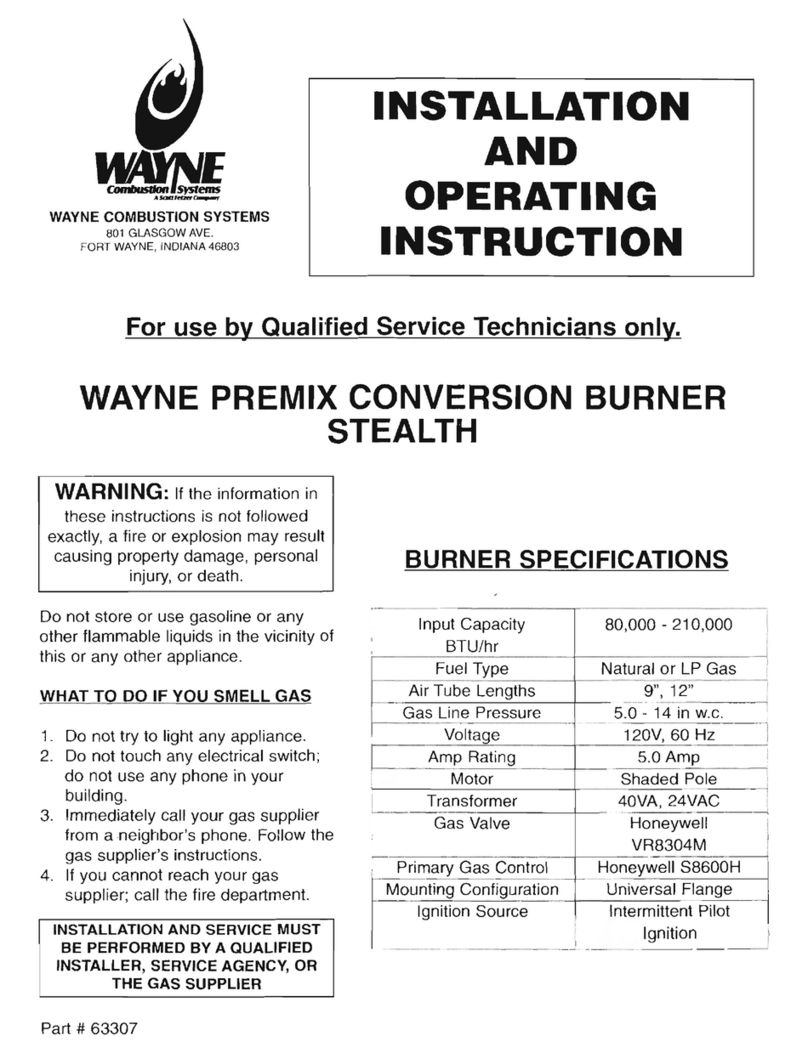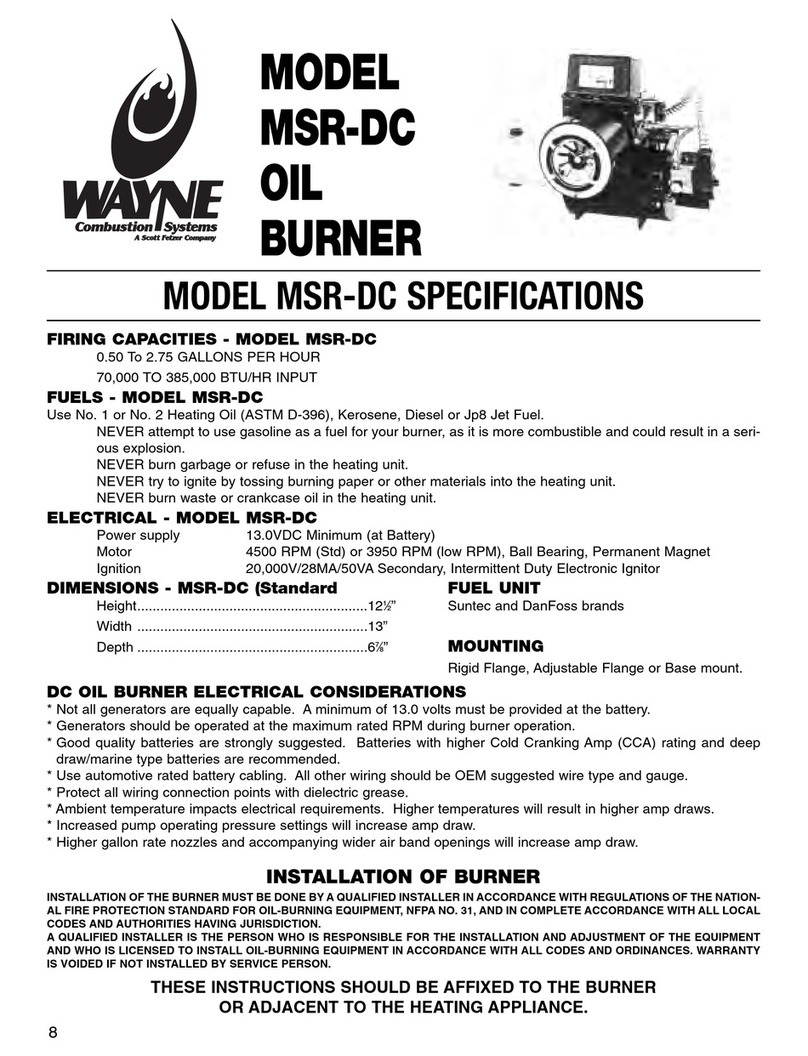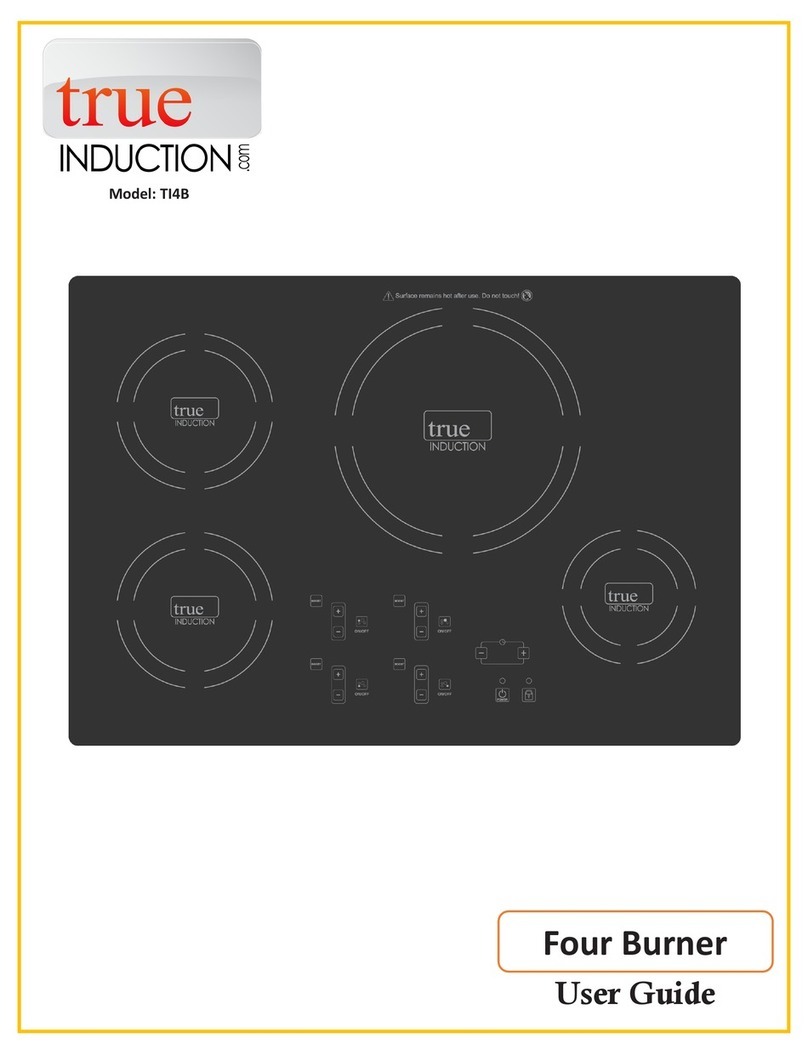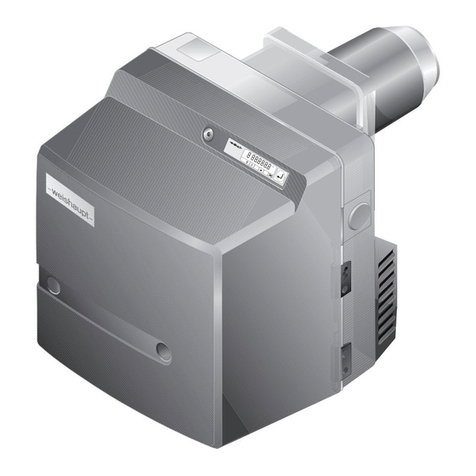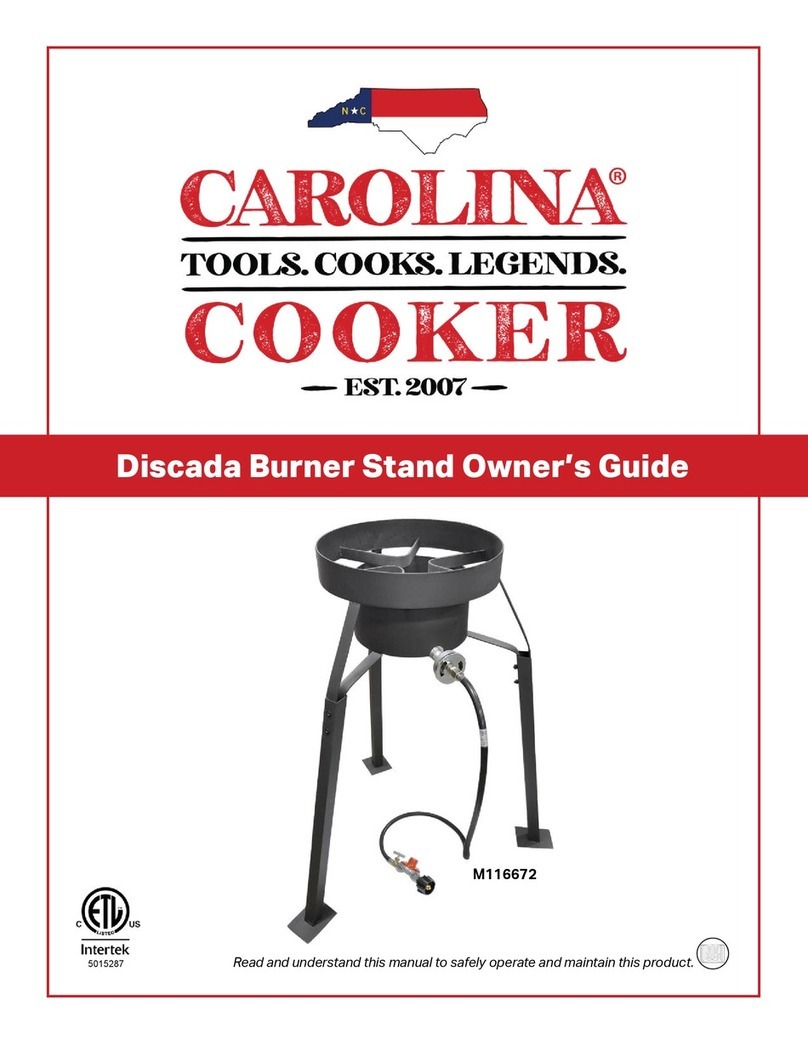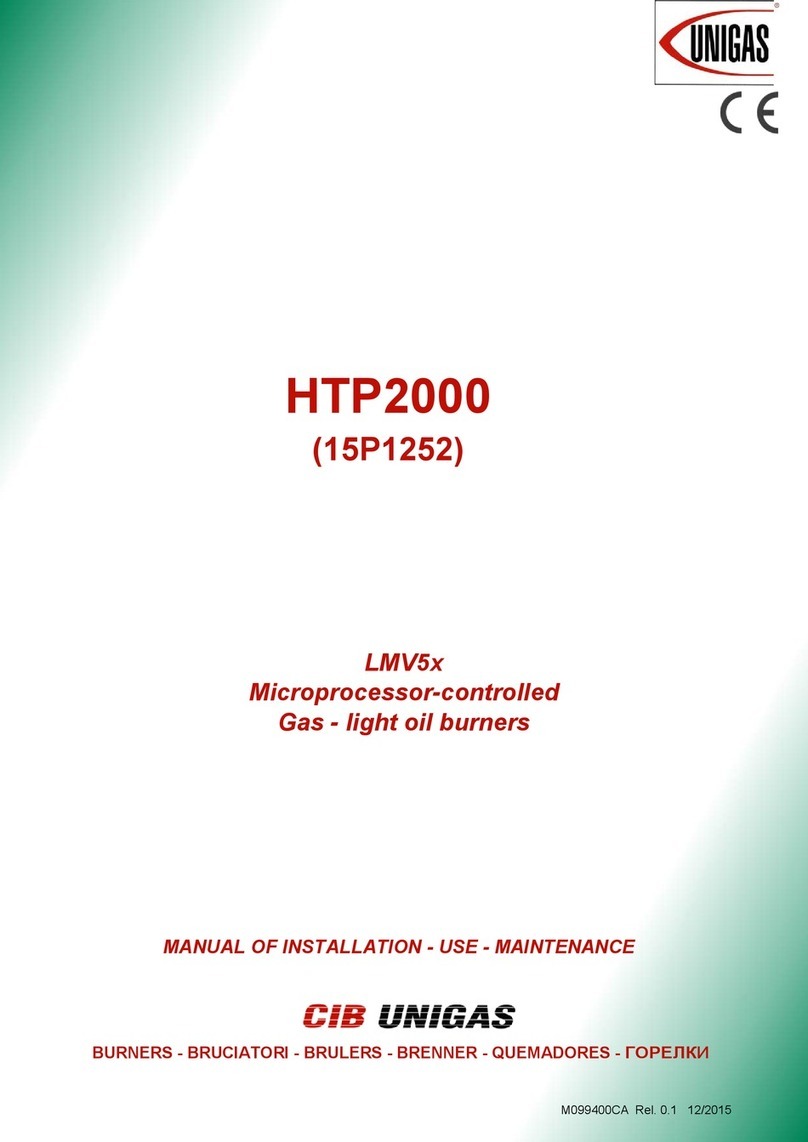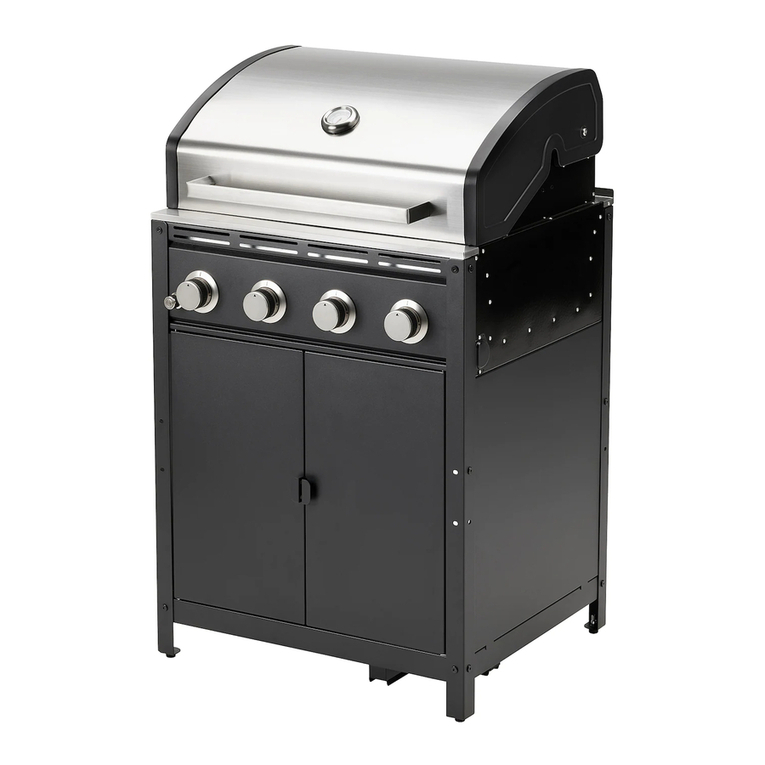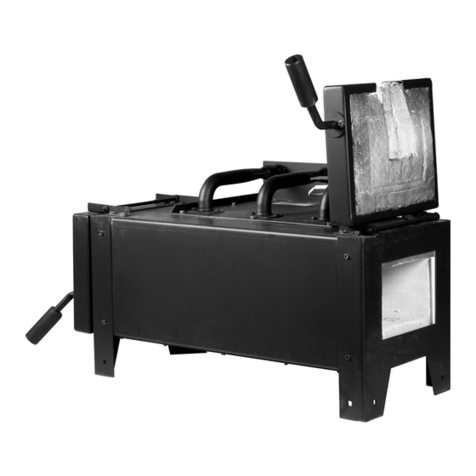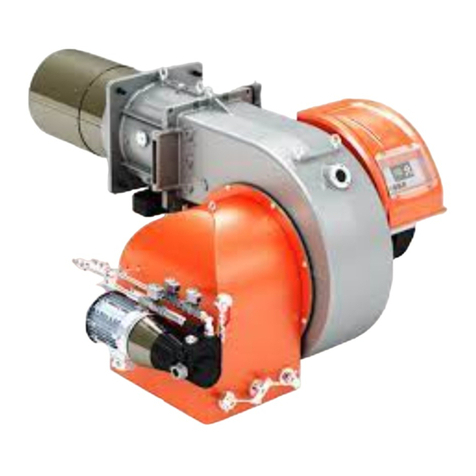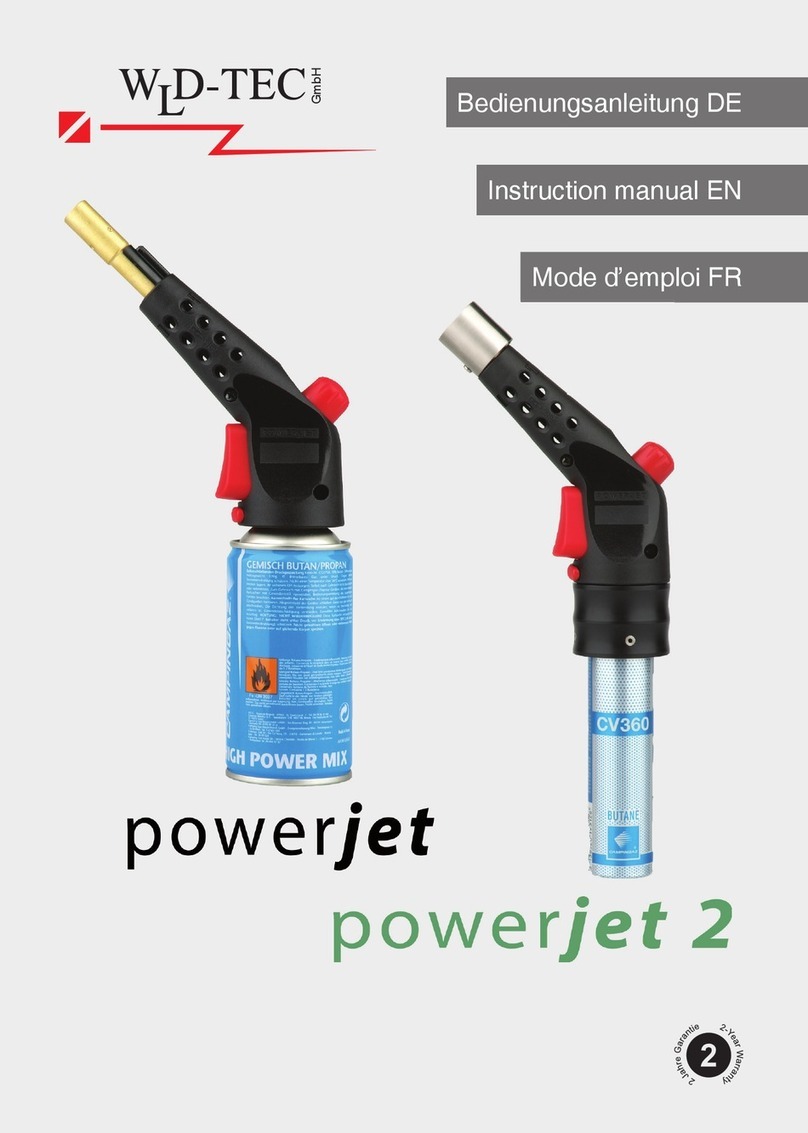TO THE HOMEOWNER
Since 1928, Wayne has supplied the Homeowners of the world with oil burners. You are obtaining a quality burner
unsurpassed in engineering design and product development. It will provide you with many years of efficient, trouble-
free operation, if properly installed and serviced. Please read this manual carefully.
Wayne warrants its burners specifically to those who have purchased it for resale, including your dealer. If, in any
case, you have a problem with your burner, or its installation, you should contact your dealer for assistance.
APPROVALS
This burner complies with ANSI/UL Standard 296 and is for use with No. 1 or No. 2 fuel oil and is U/L listed for use
with Group I or Group II primary safety controls. State and local approvals are shown on burner rating label. All burn-
ers should be installed in accordance with the National Fire Protection Association, and in complete accordance with
al local codes and authorities having jurisdiction. Regulation of these authorities take precedent over the general
instructions provided in this manual.
GENERAL INFORMATION
When installing the appliance and/or burner be sure to provide adequate space for easy service and maintenance.
Prior to installation of the oil burner, the heating system should be carefully inspected for defects and cleanliness. The
flue passages and heat absorbing surfaces must be clean to assure maximum heat transfer, soot acts as an insula-
tor retarding the transfer of heat. The combustion chamber, flue gas passages, and all doors and openings must be
sealed tight to eliminate air infiltration. Excess air, decreases CO2levels and thus lowers efficiency. Inspect the flue
and chimney for leaks and obstructions, be sure the chimney is of adequate size and height. Install a draft regulator
the same size as the flue pipe (see paragraph under Draft Regulators).
COMBUSTION CHAMBER
The purpose of a combustion chamber is to maintain a high flame temperature, by reflecting the heat back into the
flame. A high temperature assures greater combustion efficiency and lower stack losses. An insulating refractory or a
Fiber Fax type chamber can be used with this burner. It is important to select and install, if necessary, the correct size
chamber on a conversion job (see chart, page 5). On the Flamelock conversion burners the atomized oil burns just
off the Flamelock. On all oil burners the atomized oil must not touch the sides or bottom of chamber, or smoke will
result. To eliminate the smoke, excess air will be required, resulting in high stack temperature and lower combustion
efficiency. Install burner so the face of air cone of burner is set 1/4” behind the inside front wall of the chamber (See
Figure 5, page 6). Caution on installing Flamelock burners in stainless steel chambers should be taken, because of
the higher temperature levels produced by high performance flame retention burners. The temperature may exceed
the temperature ratings of the stainless steel chamber and can result in chamber burn outs. When you are replacing
a standard burner with a flame retention burner, take the following precautions: (1) use pliable Ceramic Liner to line
the inside of chamber, (2) adjust burner (See column under “Final Adjustments”).
FUEL PUMPS AND OIL LINES
Model EHA, EH and EHASR oil burners are provided with single stage 3450 RPM fuel pumps with the by-pass plug
removed for a single pipe installation. This is satisfactory where the fuel supply is on the same level, or above burn-
er, permitting gravity flow of oil. Never exceed 3 PSI pressure to the suction side of fuel pump. A pressure over 3 PSI
may cause damage to the shaft seal and allow it to leak oil. When it is necessary to lift the oil to the burner, a return
line should be run between fuel pump and oil supply. (If lift exceeds 10 feet, a two stage fuel pump must be used with
a return line.) When a two line installation is made, the by-pass plug must be installed. This is supplied with the burn-
er attached to fuel pump, along with an information pump data sheet in a plastic bag. When oil lines are continuous
runs of heavy wall copper tubing is recommended. Be sure that all connections are absolutely air-tight. Check all con-
nections and joints. Flared fittings are recommended. Do not use compression fittings. Avoid running tubing against
the appliance and across ceiling or floor joist; if possible install under floor. Avoid using fittings in inaccessible loca-
tions. If possible, avoid running oil lines overhead. Specific information on piping, connections, lift capabilities and tank
installations is provided in the instruction sheet of the fuel pump manufacturer. Use an oil filter of adequate size for all
installations. Install inside the building between the tank shutoff valve and the burner. Install shutoff valve in oil sup-
ply line in accessible locations, one close to the tank, another close to the oil burner but ahead of the filter. NOTE: If
the maximum burner firing rate exceeds the integral fuel pump strainer rating, an external U/L listed filter/strainer must
be placed in the fuel line between the fuel tank and burner fuel pump.
TANKS AND PIPING
Local codes and regulations must be followed regarding tank and burner installation. Check existing tanks for water
and sludge accumulation, clean if necessary. Also clean or replace existing piping.
WIRING
All wiring must comply with the National Electric Code and local ordinances. Refer to diagram supplied with burner or
controls, making sure the burner and controls are wired correctly and that the line switch is properly connected to a
20 amp fused service.
2
